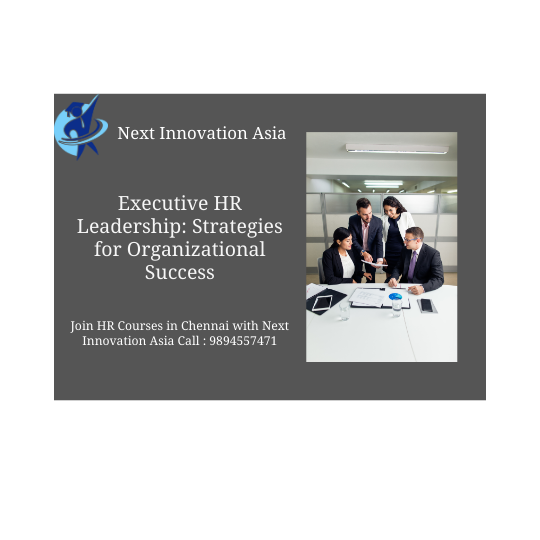Effective HR leadership is pivotal to achieving organizational success. Here are key strategies for executive HR leaders to drive growth and foster a thriving workplace:
- Align HR Strategy with Business Goals
- Ensure that HR initiatives are directly aligned with the organization’s overall business objectives. This strategic alignment helps in driving performance and achieving key business outcomes.
- Develop a Strong Leadership Pipeline
- Invest in leadership development programs to cultivate future leaders. A robust leadership pipeline ensures continuity and prepares the organization for future challenges.
- Foster a Positive Organizational Culture
- Promote a culture of transparency, respect, and collaboration. A positive culture enhances employee engagement, satisfaction, and retention.
- Implement Data-Driven Decision Making
- Utilize HR analytics to inform decision-making. Data-driven insights help in making informed decisions about recruitment, employee performance, and organizational development.
- Enhance Employee Experience
- Focus on creating a compelling employee experience from onboarding to career development. A positive experience leads to higher employee engagement and productivity.
- Drive Diversity and Inclusion Initiatives
- Develop and implement strategies to promote diversity and inclusion within the organization. A diverse workforce enhances creativity, innovation, and reflects the global marketplace.
- Optimize Talent Management
- Implement effective talent management practices, including succession planning, performance management, and employee development. This ensures that the organization has the right talent to meet its goals.
- Strengthen Communication Channels
- Foster open and effective communication throughout the organization. Clear communication helps in aligning employees with organizational goals and addressing issues promptly.
- Leverage Technology and Innovation
- Embrace HR technology and innovation to streamline processes and improve efficiency. Tools like HR management systems and AI-driven recruitment solutions can enhance HR functions.
- Focus on Strategic Workforce Planning
- Develop strategic workforce plans to anticipate and address future talent needs. Proactive planning helps in aligning workforce capabilities with business strategy and market demands.
- Promote Work-Life Balance
- Implement policies and practices that support work-life balance. Offering flexible work arrangements and wellness programs can improve employee satisfaction and reduce turnover.
- Drive Organizational Change
- Lead and manage organizational change effectively. Develop strategies to navigate change, communicate effectively, and support employees through transitions.
- Build Strong External Partnerships
- Forge strategic partnerships with external stakeholders, such as educational institutions and industry organizations. These partnerships can provide valuable resources and insights.
- Measure and Enhance HR Performance
- Regularly assess HR performance through metrics and feedback. Continuously seek ways to improve HR practices and contribute to organizational success.
- Lead by Example
- Demonstrate strong leadership qualities and ethical behavior. Leading by example sets the tone for the organization and influences the overall culture.
By implementing these strategies, executive HR leaders can drive organizational success, enhance employee engagement, and position their organizations for long-term growth.
“Take your HR career to the next level at Next Innovation Asia. Access expert training, certification, and job support. Join us today!”

